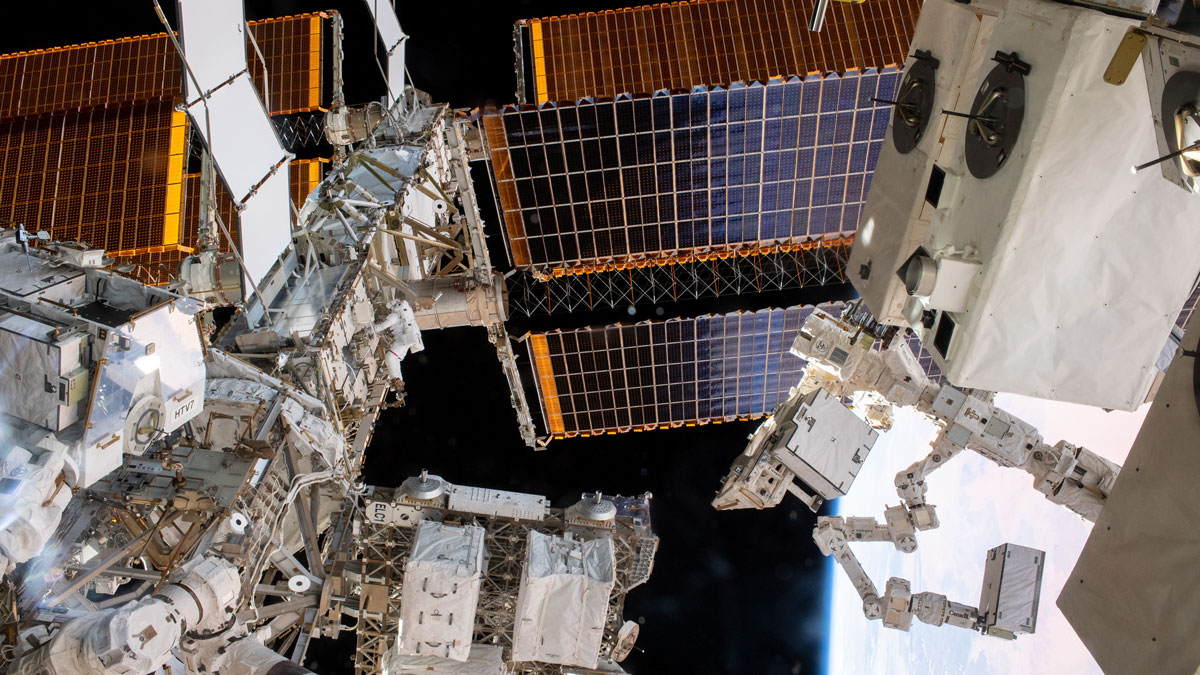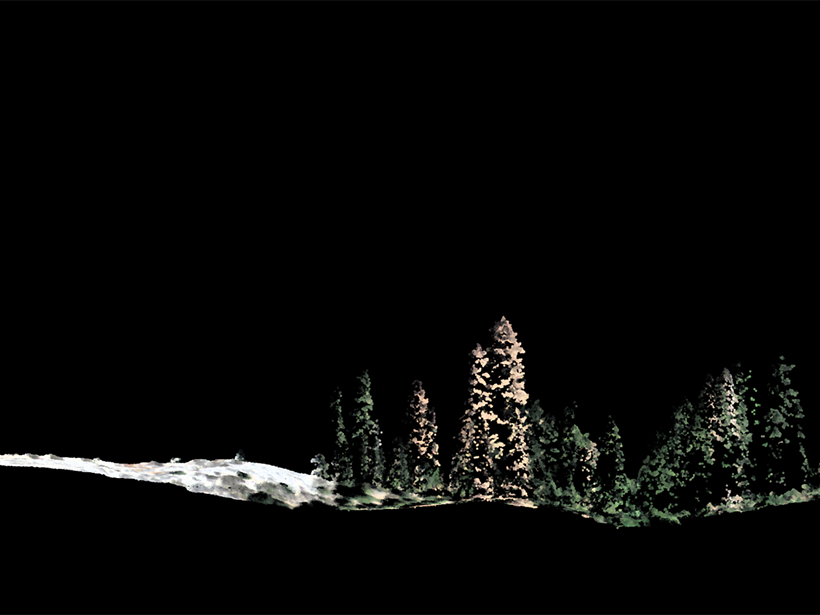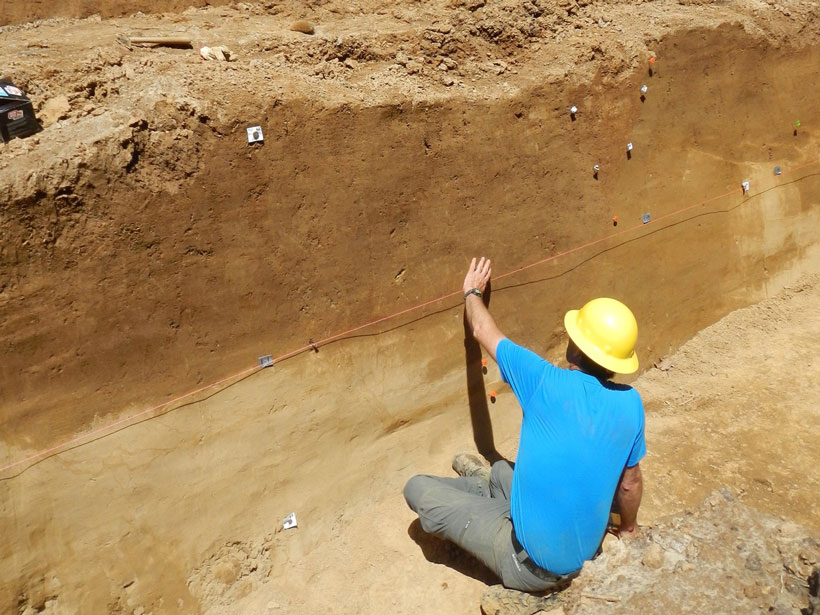Two-dimensional hydraulic simulations are a powerful tool to identify process domains such as channels, hillslopes, and floodplains in high-resolution topographic data.
lidar
Scientists Fight to Keep Lidar on the Space Station
Remote sensing experts may lose a key tool in the fight against climate change.
Mapeando el pasado, presente y futuro de Teotihuacan
Un nuevo proyecto con tecnología lidar revela cómo la minería y la expansión urbana han puesto en riesgo a uno de los sitios del patrimonio cultural más icónicos de México.
Mapping Teotihuacan’s Past, Present, and Future
A new lidar project reveals how mining and urban expansion have put one of Mexico’s most iconic cultural heritage sites at risk.
The Bigger They Are, the Harder They Fall
New research tracking 1.8 million trees found that tall trees died at more than twice the rate of smaller ones toward the end of extreme and persistent drought.
Secrets from the New Madrid Seismic Zone’s Quaking Past
High-resolution lidar topography reveals a long history of ancient earthquakes.
New Lidar Comparisons of Temperatures Near the Mesopause
For the first time, simultaneous measurements of upper atmosphere temperatures over altitudes 80 to 110 kilometers have been made by two complementary lidar techniques.
Lidar Uncovers Thousands of New Maya Structures
Jungle-piercing lidar surveys over ancient Maya sites give scientists the most extensive maps of lowland Maya civilization to date.
Damage Assessment by Laser Could Focus Postearthquake Response
Airborne lidar surveys taken before and after a powerful 2016 earthquake in Japan revealed the potential for such surveys to identify hard-hit buildings quickly.
Three–Dimensional Scans Illuminate Wildlife Environments
Detailed laser imaging of vegetation and landforms where animals live and roam offers revealing new perspectives on interactions between those creatures and their surroundings.










